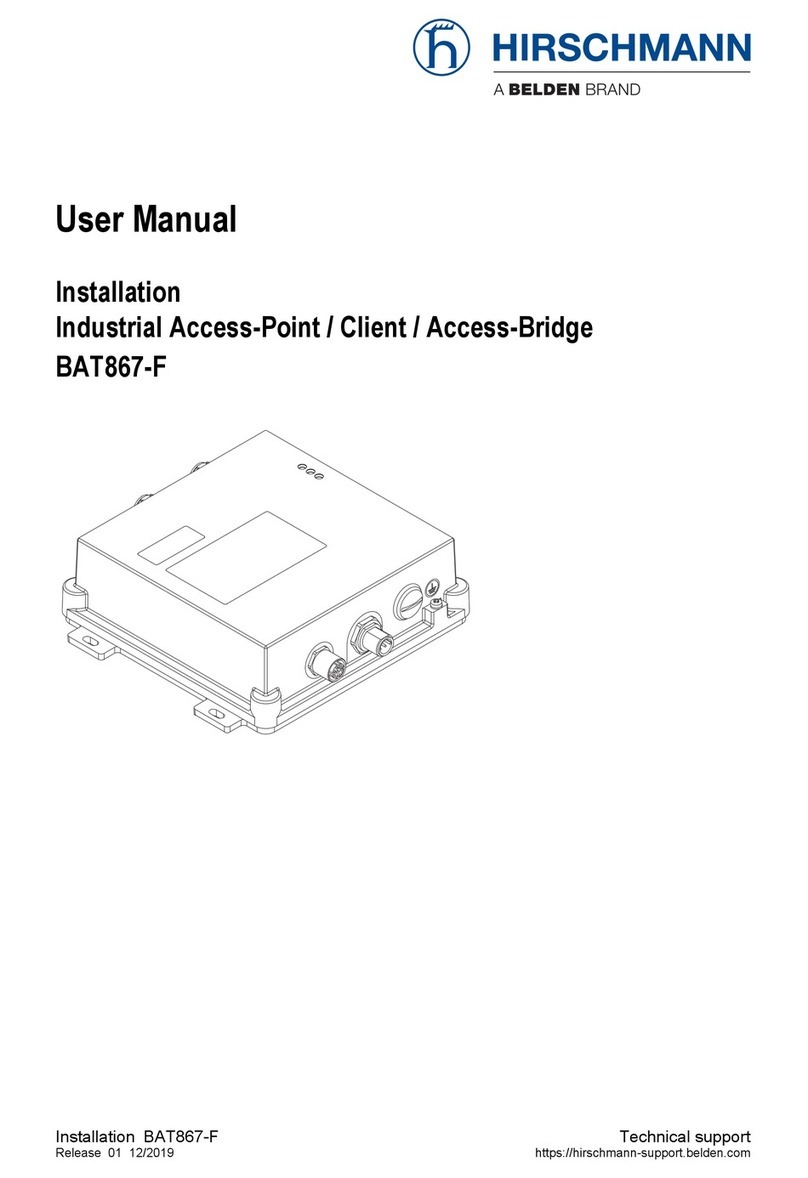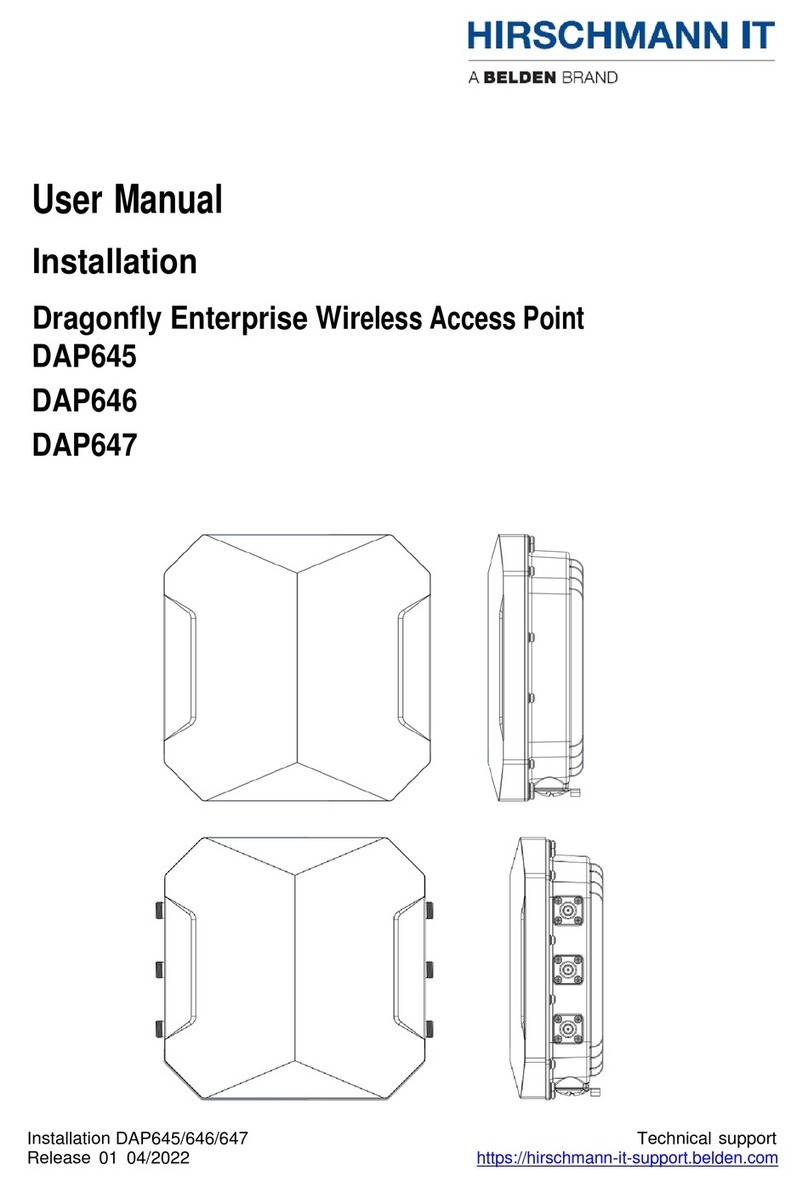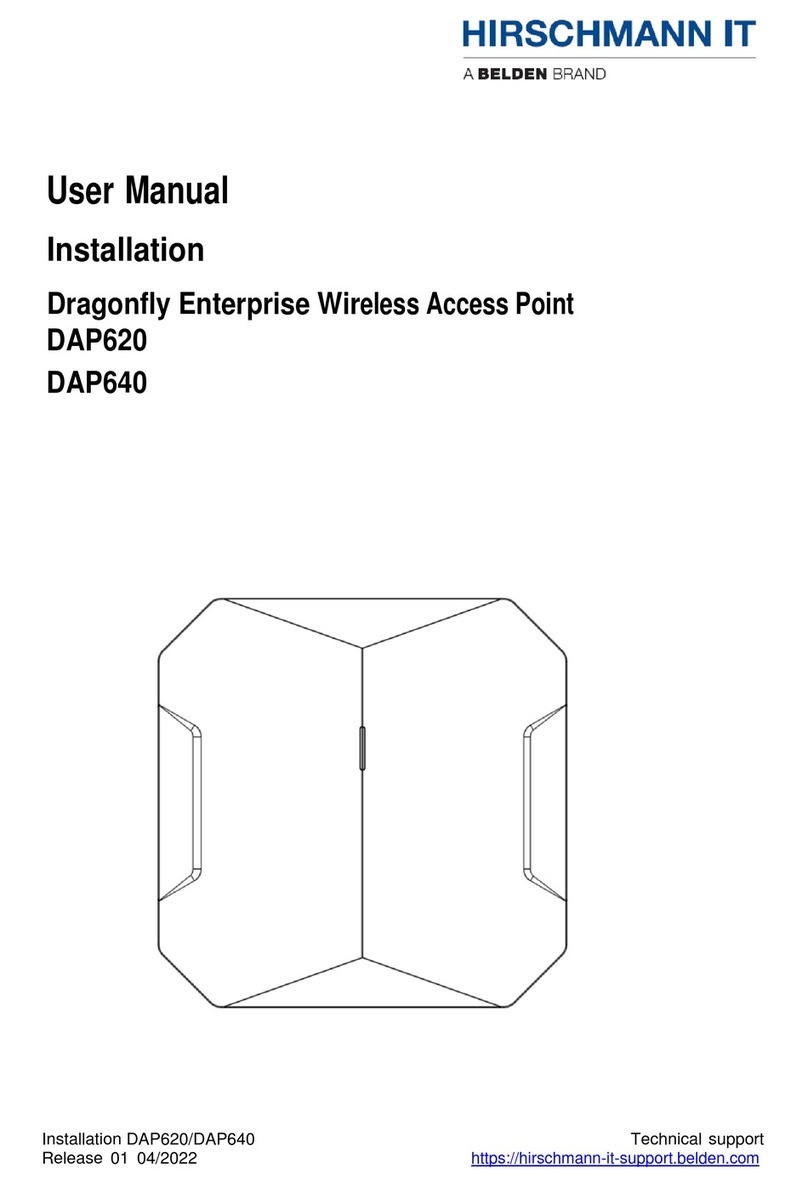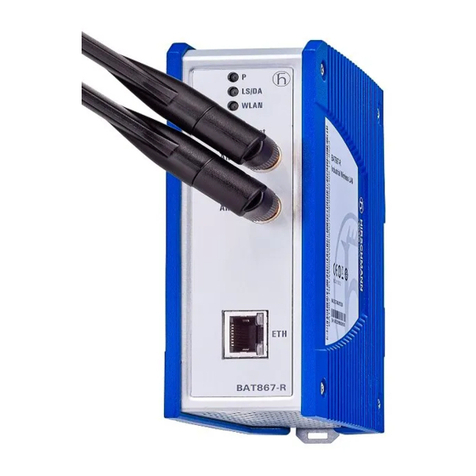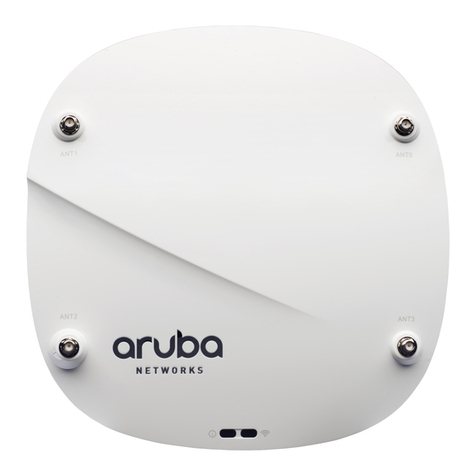
Installation BAT-F
Release
09
08/2015 9
The cables used are permitted for the temperature range of the
application case.
Relevant for North America:
The power cords are suitable for ambient air temperatures of at
least 167 °F (75 °C). The power cord wires are made of copper.
Start connecting the electrical wires only if all the above safety
requirements are fulfilled.
Only for device variants featuring supply voltage with the characteristic
value C or W:
See “Device name and product code” on page 21.
Every time you connect the electrical conductors, make sure that the
following requirements are met:
The power supply conforms to overvoltage category I or II.
The power supply is Class 2 compliant.
The supply voltage inputs are designed for operation with safety
extra-low voltage. Connect only SELV circuits with voltage
restrictions in line with IEC/EN 60950-1 to the supply voltage
connections.
The power supply has an easily accessible disconnecting device
(e.g., a switch or a plug). This disconnecting device is clearly
identified. So in the case of an emergency, it is clear which
disconnecting device belongs to which power supply cable.
The electrical wires are voltage-free.
A fuse suitable for DC voltage is located in the plus conductor of the
power supply.
The minus conductor is on ground potential. Otherwise, a fuse is
also located in the minus conductor.
Regarding the properties of this fuse: See “General technical data”
on page 52.
The wire diameter of the power supply cable is at least 1 mm²
(North America: AWG16) on the supply voltage input.
The cross-section of the protective conductor is the same size as
or bigger than the cross-section of the power supply cables.
The cables used are permitted for the temperature range of the
application case.
Relevant for North America:
The power cords are suitable for ambient air temperatures of at
least 167 °F (75 °C). The power cord wires are made of copper.
Start connecting the electrical wires only if all the above safety
requirements are fulfilled.
Use undamaged parts.
Internal fuses are triggered only in the case of a detected error in the
device. In case of damage or malfunction of the device, turn off the
supply voltage and return the device to the plant for inspection.
